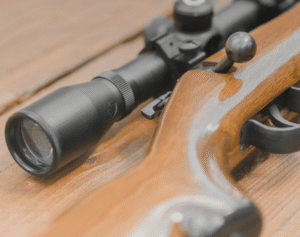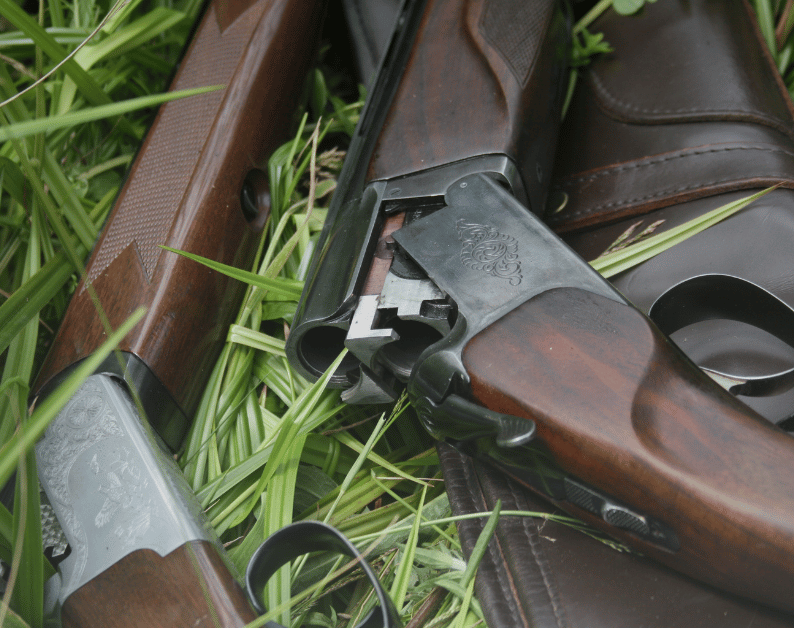



For generations, the single shot shotgun has been the first firearm many new shooters encounter. Simple, rugged, and widely available, these shotguns have earned a place in hunting camps, rural households, and training ranges across the country. While modern options like pump actions and semi-autos dominate the market, the single shot still has advantages worth considering—especially for beginners.
If you’re new to firearms and wondering whether a single shot shotgun is a good starting point, here’s a breakdown of the pros and cons to help you decide.
The design of a single shot shotgun is straightforward. You break open the action, insert a shell, close it, and fire. This simplicity makes it easier for new shooters to understand the basic operation of a firearm without being overwhelmed by complex mechanisms. The clear loading and unloading process also helps reinforce safe handling habits.
For those on a budget, single shot shotguns are among the most affordable firearms available. New models are usually priced much lower than pumps or semi-autos, and used single shots can often be found at gun shops for even less. This makes them an accessible choice for beginners who want to start learning without spending heavily.
With only one shell in the chamber, shooters learn quickly to make their shot count. This limitation encourages focus on fundamentals like stance, sight alignment, and trigger control. Many experienced hunters credit single shot shotguns for sharpening their shooting discipline early on.
Compared to multi-shot shotguns, single shots are typically lighter and more compact. This makes them easier for younger shooters or those of smaller stature to handle comfortably. When used for hunting, the lighter weight also makes them easier to carry over long distances.
With fewer moving parts, single shot shotguns are less prone to malfunctions. They can withstand years of use with minimal maintenance, making them ideal for shooters who are still learning how to clean and care for firearms properly.
Many single shot shotguns are chambered in common gauges like 12, 20, or .410. This allows new shooters to experiment with different loads, from light target shells to heavier hunting rounds, without worrying about cycling issues that can sometimes affect semi-autos.
The biggest drawback is capacity—one round at a time. For home defense or situations where quick follow-up shots are necessary, this limitation can be a serious disadvantage. New shooters looking for a firearm primarily for defense may find the single shot lacking.
Because single shots are lightweight, they often produce more felt recoil than heavier pump or semi-auto shotguns. This can be discouraging for new shooters, especially with larger gauges like 12 gauge. Proper instruction and lighter loads can help, but recoil sensitivity is a common complaint.
After firing, the shooter must break open the action, eject the spent shell, and reload. This slower pace makes single shots less practical for fast-paced hunting scenarios, competitive shooting, or defensive use.
Single shot shotguns generally lack the customization options found in pump or semi-auto models. Adjustable stocks, optics rails, and accessory mounts are uncommon, so shooters have fewer opportunities to tailor the gun to their preferences.
While a single shot shotgun can certainly stop a threat, the lack of multiple shells puts the shooter at a disadvantage compared to other platforms. Most experts recommend pumps or semi-autos for defensive use, leaving the single shot better suited for training or hunting small game.
Although reliable and functional, single shots are sometimes viewed as “starter guns.” While this doesn’t diminish their effectiveness, some shooters may feel they outgrow a single shot quickly and want to upgrade to something more versatile.
Training: Great for teaching the basics of firearm safety and marksmanship.
Hunting Small Game: Ideal for rabbits, squirrels, and upland birds with the right load.
Budget-Conscious Buyers: Perfect for those who want to start shooting without a large investment.
Collectors and Enthusiasts: Many shooters keep a single shot in their collection as a nostalgic or utility firearm.
Single shot shotguns remain one of the most accessible firearms for new shooters. Their simplicity, affordability, and reliability make them excellent training tools and functional hunting companions. However, their limited capacity and slower reloading speed mean they aren’t the most practical choice for defense or high-volume shooting.
For beginners looking to learn the fundamentals of safe firearm handling and marksmanship, a single shot shotgun is a solid starting point. As skills and needs evolve, many shooters eventually move on to pump or semi-auto shotguns, but the lessons learned with a single shot often last a lifetime.